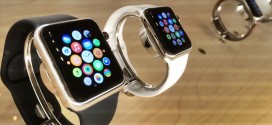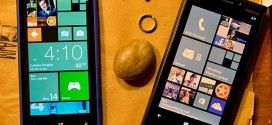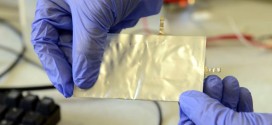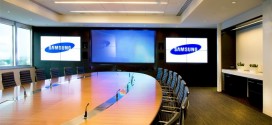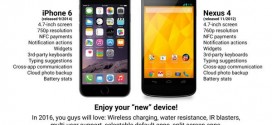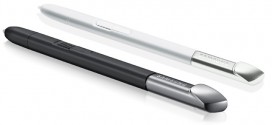One of the more successful products of Samsung, no matter their configuration, were the Samsung Galaxy Tabs. People always seem to buy and use the hell out of them. Truth be told, I also prefer a 7.0 tablet, rather than a large 10.1. If I want a large screen, I turn to my laptop. When I see a tablet, I think of something like my phone, but with a bigger screen.
Also, as a personal note, I believe that A reason why the Galaxy Tab was so popular is that it is one of the fewer tablets with 3G support. Granted, I really dislike the idea of a tablet with 3G support. It’s good if you want to put in an Internet-only SIM and use it as that, but I see people on the street with these such tablets with GSM SIMs in them. Trust me, one cannot find a more ridiculous or funny sight than that of a man holding a large tablet the size of a notebook ( not in the laptop sense ) to his head to speak. Also, when I talk on the phone, I like having my field of vision clear before me. That tablet on the side of your head sort of blocks 35% of your total field of vision. That would be a problem for me with the Galaxy Note as well ( I like the phone, I just find it impractical as a talking device – not unless I use it with a Bluetooth ear bud ).
Back to the matter at hand – the Galaxy Tab 3 7.0. It is designed to look pretty much like the S4 ( as is its 8″ cousin ) and comes in Wi-Fi and 3G versions ( the 3G one being voice-call capable, if you’re really into that ). It even has a proximity sensor for that, if you want to really hold the tablet up to your head. Leaving that aside, the size of the tablet is quite more compact than its predecessors. Its weight is also less. The Galaxy Tab 3 7.0 is around 188.0 x 111.1 x 9.9 mm big and weighs around 306 g, where as its predecessors were 193.7 x 122.4 x 10.5 mm weighing 345 g ( for the Tab 2 7.0 ) and 193.7 x 122.4 x 9.9 mm weighing 345 g ( for the Tab 7.0 Plus ).
Apart from the minor size modifications, it’s quite hard to point out what’s different about this device. This tab still uses the 7″ WSVGA TFT screen with it 600 x 1024 resolution, still has a Dual-Core 1.2 GHz processor and still has 1 GB of RAM. It is available in 8 and 16 GB storage versions ( with support for MicroSD card ), dual-band Wi-Fi with a/b/g/n, Bluetooth 3.0 and a 4000 mAh battery.
Sure, it will launch with a newer version of Android, but it’s still 4.1 so not even close to the latest version. Still, it will begin rolling out globally in the beginning of May ( for the Wi-Fi one ) and in June ( for the 3G one ).


